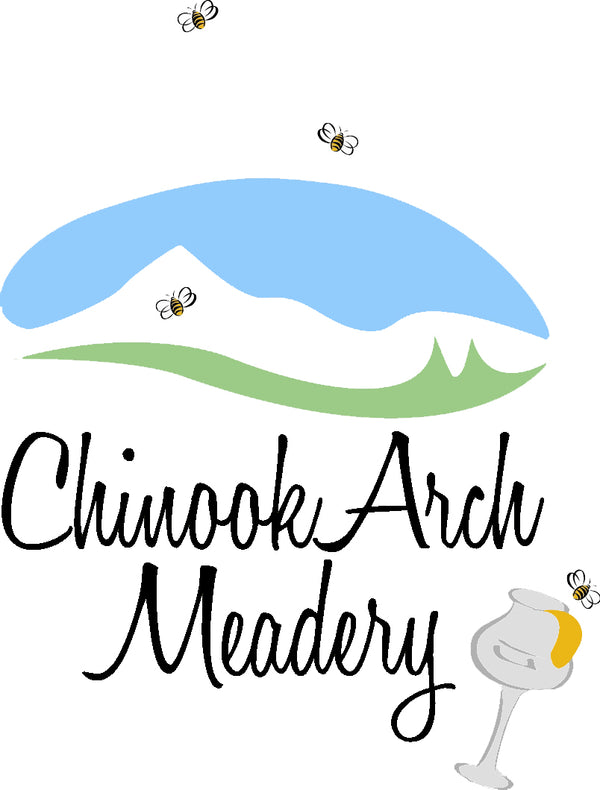Southern Alberta was blessed this week with long awaited rain! It was only a few inches but enough to rejuvenate pastures and help germinate our crops. And now our bees are enjoying their first real nectar flow!
When most of us think of plant pollination we visualize a fuzzy bee covered with golden pollen granules. The decline of pollinator populations over the last 20 years and it’s affect on food production has driven research of mechanical pollination methods. Are these even practical?
The first realization is that mechanical pollination can never meet the needs for multiple plant species like most insect pollinators can achieve. Each mechanical system is designed for a specific crop. Tree crops studied for this process include almonds, hazelnuts, kiwifruit, olives, date palm, sweet cherries, pears and apples.
The first step is to collect high grade pollen, often using a vacuum system or even manually. Next the pollen must be safely cleaned, dried and then stored- and each plant species has different optimum conditions. Pollen application or delivery is the final step- but it’s complicated too!
Research has been done on dry application vs. a wet suspension. Wet is more effective but it reduces the length of pollen viability. And how to ensure the pollen gets to the stigma? Delivery can be manual, done by handheld sprayers/ blowers, mobile sprayers/blowers, by spray booms using electrostatic dispersal or even by drones.
Mechanical pollination pros: can be applied day or night, and at a variety of temperatures, the variety of pollen applied can be adjusted for optimum yield, in general crop yield is improved.
Mechanical pollination cons: Expense, keeping pollen viable through storage, accidental transmission of viruses, occasionally higher yield creates reduced fruit size.
In spite of its many challenges, research has shown that mechanical pollination is actually economically feasible for certain tree crops. These include apples, apricots, peaches, pears, plums and sweet cherries. For the time being however, honey bees are still the primary pollination method - as long as they can stay healthy!
https://mdpi-res.com/d_attachment/agronomy/agronomy-12-01113/article_deploy/agronomy-12-01113-v2.pdf?version=1652866037

